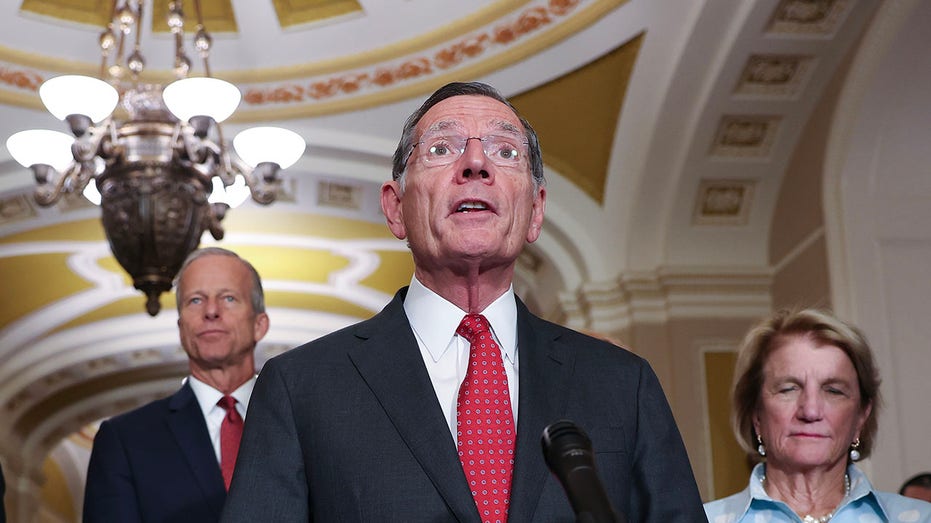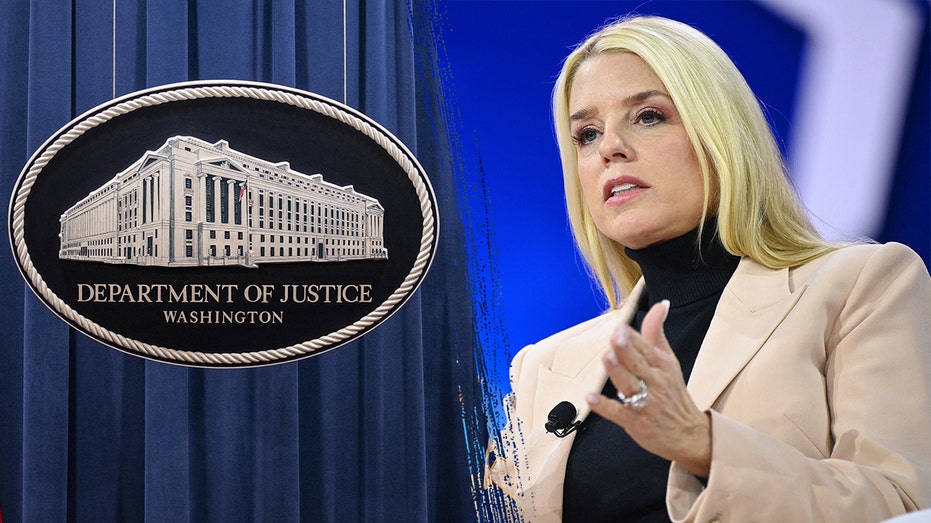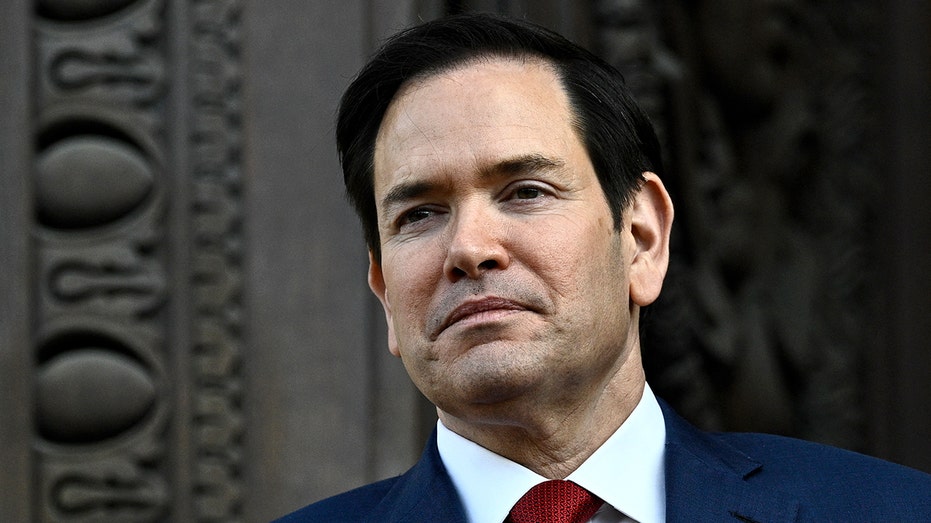US Debt Now Grows by $1 Trillion Every 150 Days: CRASH INCOMING:
US national debt just topped $37 trillion and is growing fast. https://www.youtube.com/watch?v=bv4CdVXcHoU Another Debt Milestone The Peter G. Peterson foundation reports The United States is Adding to the National Debt Faster Than Ever In the 2020s, the U.S. has added debt at a rate of $1 trillion every 5 months, more than twice the rate that has prevailed over the past 25 years. In part, recent debt accumulation reflects the significant deficit spending in response to the COVID-19 pandemic. Yet, in the face of a strong recovery and low unemployment, U.S. deficits remain substantially elevated and are projected to continue growing at a historic rate, while associated interest costs have overtaken all but Social Security as the nation’s largest expenditure. Looking at recent history, by decade, the U.S. added $1 trillion to the Debt: Every 24 months in the 2000s, on average Every 11 months in the 2010s, on average Every 5 months in the 2020s, on average Looking ahead, it is critically important for the nation’s leaders to prioritize fiscally responsible policies that put the country on a more sustainable path. Unsustainable Path Also consider America’s National Debt Challenge The national debt is nearly as large as the entire U.S. economy and is projected to exceed its record high relative to the size of the economy in just 4 years, according to the Congressional Budget Office (CBO). Why is our debt rising so dramatically? There is a fundamental imbalance between spending and revenues that will continue to grow in future years. CBO anticipates that federal spending will rise from 23.3 percent of GDP in 2025 to 26.6 percent in 2055, according to the agency’s March 2025 long-term projections. Revenues also are projected to increase during that period, but more slowly — from 17.1 percent of GDP in 2025 to 19.3 percent in 2055 — which means deficits will continue to rise in the decades ahead. What’s Happening? 1) Aging Population: Over the next 25 years, the major driver of rising long-term federal spending is the aging of America’s population, as the number of people 65 or older will increase much faster than the working-age population, leading to increases in spending on programs for retirees. 2) Rising Healthcare Costs: The rising cost of healthcare in the United States is a key driver of the national debt. CBO’s projections anticipate that the federal government’s spending on major healthcare programs, such as Medicare and Medicaid, will climb from 5.8 percent of GDP in 2025 to 8.1 percent in 2055. Additionally, the Centers for Medicare & Medicaid Services note that total healthcare spending from all sources will grow to reach one-fifth of the entire economy. On a per capita basis, the U.S. healthcare system is the most expensive among other wealthy countries. Yet, America’s health outcomes are generally no better than those of our peers, and in some cases, are worse, including in areas like life expectancy, infant mortality, asthma, and diabetes. Take Action SHARE PRINT America’s fiscal health and economic strength are closely linked. The national debt is also an issue of fairness for the next generation. Young Americans will be saddled with the weight of decisions made by those that came before them, unless thoughtful, forward-looking fiscal decisions are made to strengthen the country’s economic future. A strong fiscal foundation creates conditions that encourage broad-based economic growth: an environment with greater access to capital, increased public and private investments, enhanced business and consumer confidence, and a solid safety net. In turn, those factors improve the lives of Americans by supporting a vibrant economy with rising wages and greater opportunity, productivity, and mobility. Our Current Fiscal Path Debt is projected to continue to rise because there is a structural mismatch between spending and revenues. The national debt is nearly as large as the entire U.S. economy and is projected to exceed its record high relative to the size of the economy in just 4 years, according to the Congressional Budget Office (CBO). Why is our debt rising so dramatically? There is a fundamental imbalance between spending and revenues that will continue to grow in future years. CBO anticipates that federal spending will rise from 23.3 percent of GDP in 2025 to 26.6 percent in 2055, according to the agency’s March 2025 long-term projections. Revenues also are projected to increase during that period, but more slowly — from 17.1 percent of GDP in 2025 to 19.3 percent in 2055 — which means deficits will continue to rise in the decades ahead. Key Drivers of the National Debt What is causing the growth of our national debt? There are three primary drivers of the overall growth in spending: America’s aging population, rising healthcare costs, and rapidly escalating interest costs. Significant growth in those categories is combine

 US national debt just topped $37 trillion and is growing fast.
US national debt just topped $37 trillion and is growing fast.

In the 2020s, the U.S. has added debt at a rate of $1 trillion every 5 months, more than twice the rate that has prevailed over the past 25 years. In part, recent debt accumulation reflects the significant deficit spending in response to the COVID-19 pandemic. Yet, in the face of a strong recovery and low unemployment, U.S. deficits remain substantially elevated and are projected to continue growing at a historic rate, while associated interest costs have overtaken all but Social Security as the nation’s largest expenditure. Looking at recent history, by decade, the U.S. added $1 trillion to the Debt:Unsustainable PathLooking ahead, it is critically important for the nation’s leaders to prioritize fiscally responsible policies that put the country on a more sustainable path.
- Every 24 months in the 2000s, on average
- Every 11 months in the 2010s, on average
- Every 5 months in the 2020s, on average

The national debt is nearly as large as the entire U.S. economy and is projected to exceed its record high relative to the size of the economy in just 4 years, according to the Congressional Budget Office (CBO). Why is our debt rising so dramatically? There is a fundamental imbalance between spending and revenues that will continue to grow in future years. CBO anticipates that federal spending will rise from 23.3 percent of GDP in 2025 to 26.6 percent in 2055, according to the agency’s March 2025 long-term projections. Revenues also are projected to increase during that period, but more slowly — from 17.1 percent of GDP in 2025 to 19.3 percent in 2055 — which means deficits will continue to rise in the decades ahead.What’s Happening?
- 1) Aging Population: Over the next 25 years, the major driver of rising long-term federal spending is the aging of America’s population, as the number of people 65 or older will increase much faster than the working-age population, leading to increases in spending on programs for retirees.
- 2) Rising Healthcare Costs: The rising cost of healthcare in the United States is a key driver of the national debt. CBO’s projections anticipate that the federal government’s spending on major healthcare programs, such as Medicare and Medicaid, will climb from 5.8 percent of GDP in 2025 to 8.1 percent in 2055. Additionally, the Centers for Medicare & Medicaid Services note that total healthcare spending from all sources will grow to reach one-fifth of the entire economy. On a per capita basis, the U.S. healthcare system is the most expensive among other wealthy countries. Yet, America’s health outcomes are generally no better than those of our peers, and in some cases, are worse, including in areas like life expectancy, infant mortality, asthma, and diabetes.
- Take Action
- SHARE
- America’s fiscal health and economic strength are closely linked. The national debt is also an issue of fairness for the next generation. Young Americans will be saddled with the weight of decisions made by those that came before them, unless thoughtful, forward-looking fiscal decisions are made to strengthen the country’s economic future. A strong fiscal foundation creates conditions that encourage broad-based economic growth: an environment with greater access to capital, increased public and private investments, enhanced business and consumer confidence, and a solid safety net. In turn, those factors improve the lives of Americans by supporting a vibrant economy with rising wages and greater opportunity, productivity, and mobility.
- Our Current Fiscal Path
- Debt is projected to continue to rise because there is a structural mismatch between spending and revenues.
- The national debt is nearly as large as the entire U.S. economy and is projected to exceed its record high relative to the size of the economy in just 4 years, according to the Congressional Budget Office (CBO).
- Why is our debt rising so dramatically? There is a fundamental imbalance between spending and revenues that will continue to grow in future years. CBO anticipates that federal spending will rise from 23.3 percent of GDP in 2025 to 26.6 percent in 2055, according to the agency’s March 2025 long-term projections. Revenues also are projected to increase during that period, but more slowly — from 17.1 percent of GDP in 2025 to 19.3 percent in 2055 — which means deficits will continue to rise in the decades ahead.
- Key Drivers of the National Debt
- What is causing the growth of our national debt?
- There are three primary drivers of the overall growth in spending: America’s aging population, rising healthcare costs, and rapidly escalating interest costs. Significant growth in those categories is combined with a tax system that is not designed to collect enough revenues to fund the promises that have been made.
- 1) Aging Population
- Over the next 25 years, the major driver of rising long-term federal spending is the aging of America’s population, as the number of people 65 or older will increase much faster than the working-age population, leading to increases in spending on programs for retirees.
- The first wave of the baby-boom generation has already reached retirement age. Americans are living longer, on average, which means that seniors will spend more years in retirement. In the coming decades, those factors will add substantially to the number of people supported by programs targeted to older Americans, such as Social Security and Medicare.
- 2) Rising Healthcare Costs
- The rising cost of healthcare in the United States is a key driver of the national debt. CBO’s projections anticipate that the federal government’s spending on major healthcare programs, such as Medicare and Medicaid, will climb from 5.8 percent of GDP in 2025 to 8.1 percent in 2055. Additionally, the Centers for Medicare & Medicaid Services note that total healthcare spending from all sources will grow to reach one-fifth of the entire economy.
- On a per capita basis, the U.S. healthcare system is the most expensive among other wealthy countries. Yet, America’s health outcomes are generally no better than those of our peers, and in some cases, are worse, including in areas like life expectancy, infant mortality, asthma, and diabetes.
- 3) Rising Interest Costs:As the national debt grows and interest rates rise, the United States will spend more of its budget on the cost of servicing that debt — crowding out opportunities to invest in the economy.
- 4) Insufficient Revenues: It would be one thing if the tax code were designed to fund all the promises made, but it is not. The U.S. tax system does not generate nearly enough revenues to cover federal spending. Furthermore, our tax code is also overly complex, confusing, inefficient, and unfair. For example, it remains riddled with tax expenditures, or “tax breaks,” that provide financial benefits to specific activities, entities, and groups of people. Those tax breaks, which totaled nearly $1.9 trillion in 2024, increase annual deficits and can create market distortions that damage economic growth and productivity.

Illegal and unwise monetization of trade policy is underway.Things are very broken, and Trump made them worse. By Mike Shedlock Source: https://mishtalk.com
What's Your Reaction?



















